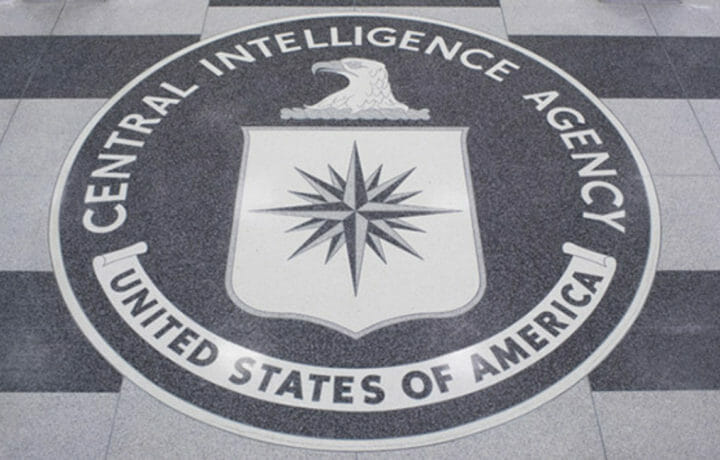The Central Intelligence Agency is shrouded in secrecy. Stories of espionage, covert operations, and clandestine activities litter the cultural landscape of America. Naturally, myths about the CIA abound. And while most of us will never know much of what the CIA does, here are a few interesting facts about this department and their work.
Their operations used to be pretty secret…
Congressional oversight of the CIA didn’t exist until 1974 with the introduction of the Hughs-Ryan amendment of the Foreign Assistance Act of 1961. This amendment allowed for some congressional oversight, ensuring funds were spent legally and ethically on security objectives. Prior to this, the intelligence community’s sole oversight was the executive branch.
…And they still can be
Despite the bill, the executive branch still has the power to keep Congress out of the loop in situations where maintaining operational security is necessary. For example, in 1980, President Carter didn’t inform Congress about the mission to rescue American hostages from Iran, Operation Eagle Claw, until after the mission was aborted.
Unlikely secret agents
Secret agents can be hard to come by; after all, being a spy is a daunting position requiring lots of training, difficult hours, and physically demanding work. So maybe that’s why the CIA had a program, called Operation Acoustic Kitty, to use cats as agents. These cats were equipped with an antenna, batteries, and a transmitter, with the goal of overhearing secret conversations and transmitting them back to the CIA. The project ended badly, however, after the first fully operational cat was hit by a car as it crossed the street. It was an interesting idea; however, cats aren’t exactly known for being compliant!
Secret Starbucks
A perk of being a CIA agent is the on-site Starbucks allowing agents to get their coffee fix without having to leave the campus. But unlike most Starbucks, this location (known as Store Number 1) doesn’t write your name on your cup. In fact, they won’t ask for your name at all. The baristas, after being background checked and passing a security clearance, are trained in facial recognition so agents can get their latte without fear of their names, whether real or alias, being revealed.
Learning magic tricks was part of the job
While spying might seem like magic, it’s a combination of skills, talent and knowledge that gives the CIA the ability to support national intelligence. However, a little magic never hurt anybody. In fact, in the 1950s the CIA worked with American magician John Mulholland to develop a manual full of tricks that could be useful to CIA agents. The tricks included sleight of hand maneuvers, advice on dressing to blend in, and methods of passing secret messages.
Resourcefulness is a necessary trait of CIA agents. Whether they’re learning magic tricks or working on ways to turn cats into listening devices, the inventive nature of the CIA and its agents has made America better informed and supported the security of the United States.




